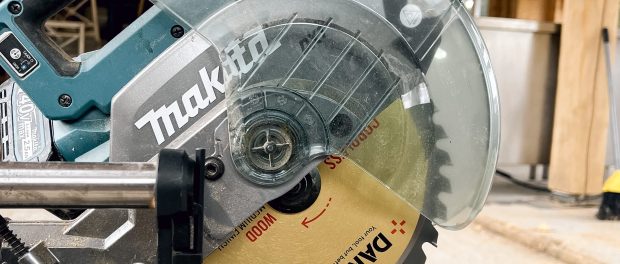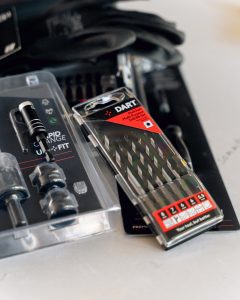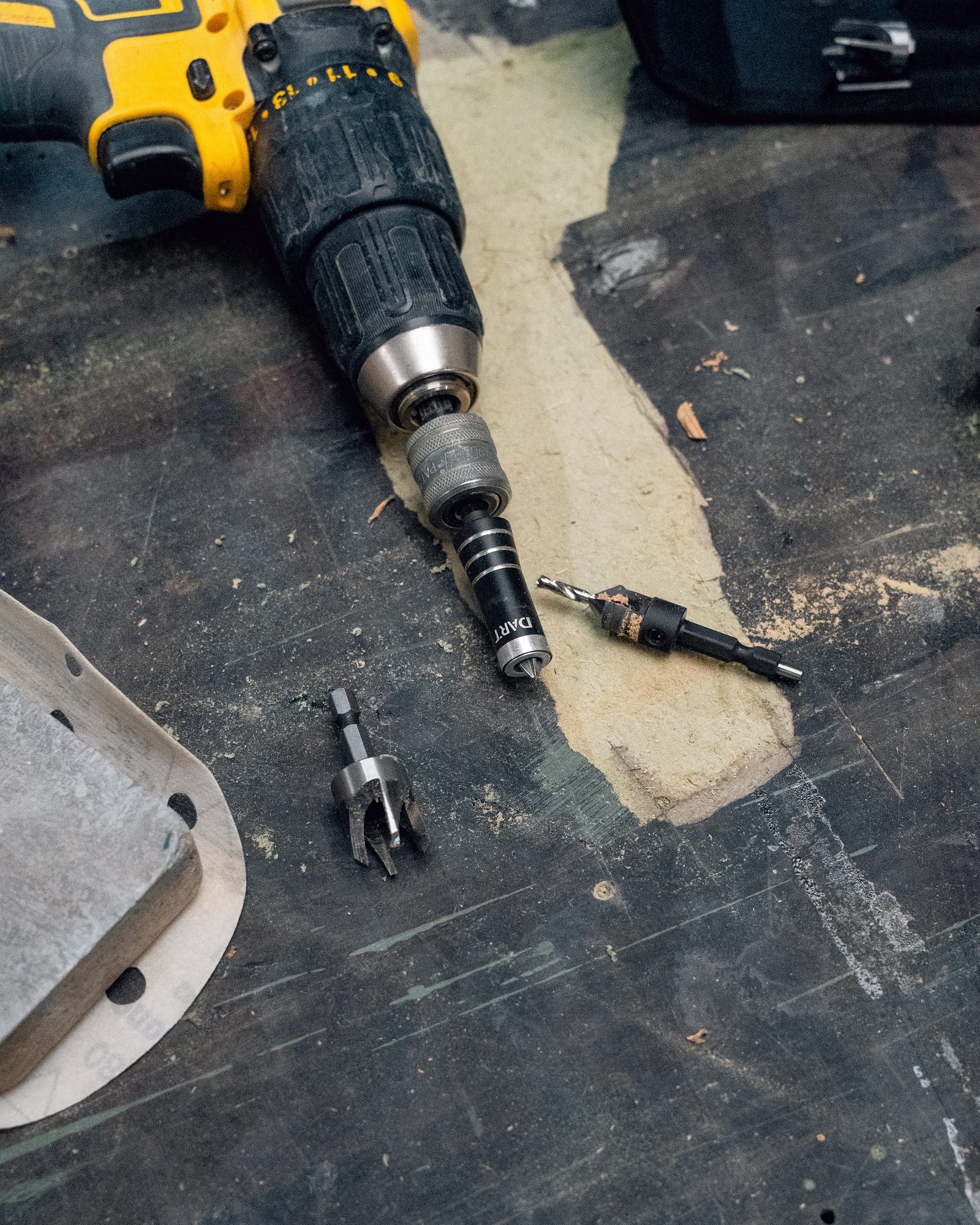Reclaiming Lost Revenue Through Smarter Product Placement

By Keith Johnston, Business Development Director at DART Tool Group.
In the construction trade, margins can be tight and customer loyalty is hard-won. The real challenge for merchants isn’t often about keeping customers coming through the door, but about what happens once they are inside.
Tradespeople are a loyal audience, visiting merchants regularly for the supplies they need to get jobs done. But while loyalty is there, spending habits are fragmented.
It’s not unusual for someone to pick up timber at one merchant, then head elsewhere to buy fixings, tools, or accessories. This splitting of baskets chips away at potential revenue and hands valuable sales to competitors.
Merchandising as the missing link
The issue doesn’t lie with the customer. Instead, it comes down to merchandising, including how products are placed, signposted, and connected within the store. When related items are hidden away or separated from their natural counterparts, the opportunity for add-on sales slips away unnoticed.
Think of it like a visit to a supermarket. Pick up a bag of crisps, and you’ll often see dips placed close by. Head to the drinks aisle, and snacks, like peanuts, are never far away. It’s no coincidence as retailers know these products belong together, and clever placement turns a single purchase into a fuller basket.
The same principle applies for builders’ merchants. A tradesperson might walk in intending to buy a single product, but with the right merchandising, they leave with everything needed to complete the job. Accessories, fixings, and consumables, when placed close to their related core lines, make cross-selling natural rather than forced. Proximity drives purchase, and that extra convenience reduces the chance of customers going elsewhere.
Using data to spot lost sales
Data also plays a crucial role in identifying missed opportunities. While instinct has long guided store managers, sales records can highlight patterns that might otherwise go unnoticed.
For example, if roofing contractors regularly purchase roofing nails but accessories lag behind, it’s a clear sign that complementary sales are being lost to competitors. Analysing these gaps allows merchants to reposition stock, bundle related products, or adjust promotions to capture more of the overall spend.
Turning every aisle into an opportunity
 Store navigation can make a huge difference, too. Clear signage, logical category grouping and intuitive layouts aren’t just nice touches; they’re essential tools for increasing dwell time and basket size. A smooth in-store journey not only keeps customers longer, it also increases the chance they’ll buy more.
Store navigation can make a huge difference, too. Clear signage, logical category grouping and intuitive layouts aren’t just nice touches; they’re essential tools for increasing dwell time and basket size. A smooth in-store journey not only keeps customers longer, it also increases the chance they’ll buy more.
Every part of the shop floor should also be seen as a sales opportunity. High-margin accessories often end up tucked away in low-traffic zones, but repositioning them in visible areas like tills, entrances, or near bestsellers can transform dead space into profitable space. Each aisle, display, and counter has the potential to influence buying decisions.
Ultimately, growth doesn’t always have to come from winning new customers. By creating smarter, more connected layouts, merchants can help existing customers find everything they need in one visit. The payoff is twofold – greater convenience for tradespeople and healthier margins for merchants.


